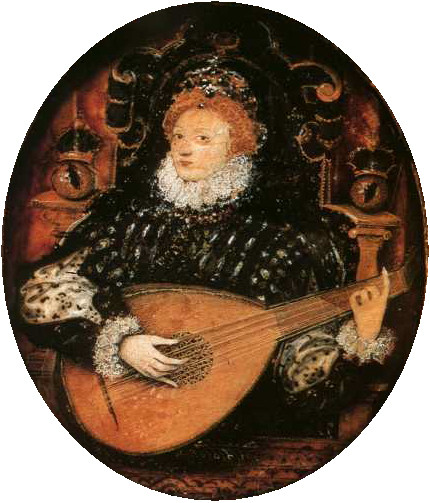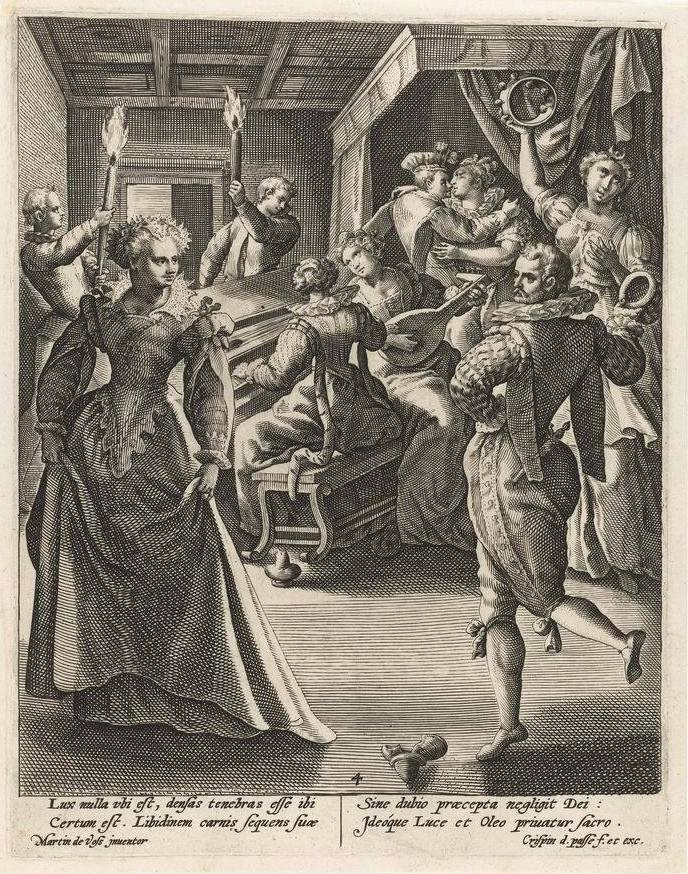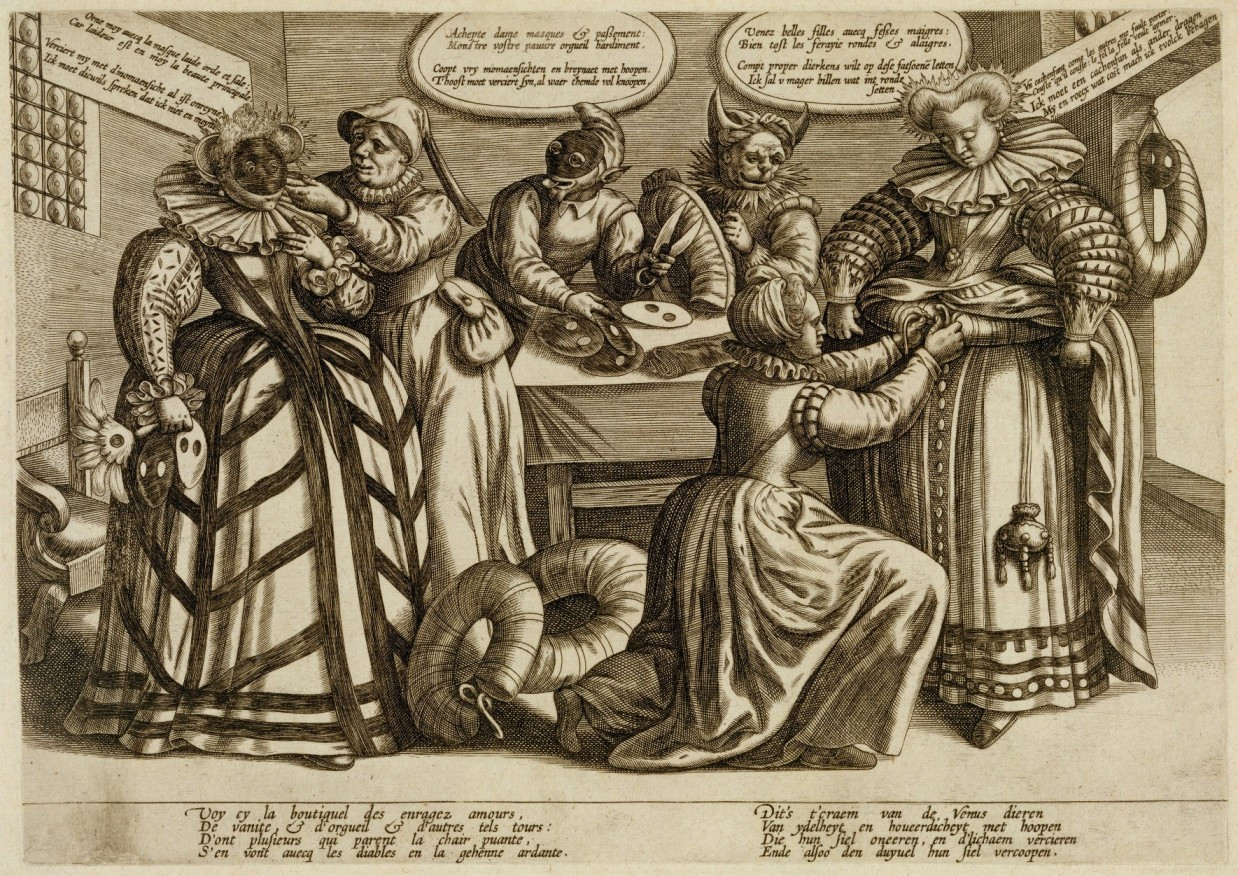Are you curious about historical dances? The Volta dance, a vibrant and energetic Renaissance dance, might be just what you’re looking for! Join us at ten-dance.com as we delve into the history, choreography, and cultural significance of this fascinating dance. Discover more with us and start dancing! We offer an extensive collection of dance styles, history, and resources for dancers of all levels.
1. Unveiling the Volta: A Dance of Leaps and Turns
The Volta, also known as “la volta” or simply “the volt,” was a popular dance during the Renaissance, particularly favored by Queen Elizabeth I. This lively dance, a variation of the Galliard, involves couples performing leaps, lifts, and turns. It was considered quite scandalous by the moral standards of the time due to the close physical contact between partners. If you’re intrigued by historical dances, then you’ll definitely want to explore the Volta on ten-dance.com.
The search intent behind “What Is A Volta Dance” encompasses several aspects:
- Definition: Understanding the basic steps and structure of the dance.
- History: Learning about its origins and popularity during the Renaissance.
- Cultural Significance: Discovering why it was considered scandalous and its place in society.
- Comparison: Seeing how it relates to other dances of the period, like the Galliard.
- Modern Relevance: Finding out if it is still performed or studied today.
2. Dancing Through History: The Volta’s Renaissance Roots
The Volta emerged during the Renaissance period, gaining popularity in European courts. Catherine de’ Medici introduced it to the French court around 1556, and it quickly spread to England. Its energetic nature and close partner interaction made it a favorite among royalty and nobility. This dance became a symbol of the era’s changing social dynamics and artistic expression. Learning about historical dances like the Volta offers insight into the social and cultural values of the time, as highlighted in a study by the University of Dance, shedding light on the intricate connection between dance and society.
2.1. Queen Elizabeth I and the Volta: Fact or Fiction?
The connection between Queen Elizabeth I and the Volta is often mentioned. While she was known to enjoy the Galliard, the Volta’s underlying step sequence, direct evidence of her dancing the Volta remains scarce. Some historians believe the association arose from romanticized portrayals of her relationship with the Earl of Leicester, Robert Dudley, while others suggest it was a way to criticize their closeness by linking them to a scandalous dance. Explore ten-dance.com for more on this.
 Queen Elizabeth I lute by Nicholas Hilliard, circa 1580, showcasing her love for music and dance
Queen Elizabeth I lute by Nicholas Hilliard, circa 1580, showcasing her love for music and dance
3. Choreography and Steps: Mastering the Volta
The Volta builds upon the Galliard, a five-step dance sequence. The key difference lies in the assisted leap performed by the female dancer. The male partner would grasp her waist or busk (a stiffening element in her corset) to help lift and turn her. This close contact and energetic movement were considered daring and provocative for the time.
3.1. The Scandalous Lift: Understanding the Controversy
The lift was the most controversial aspect of the Volta. Renaissance etiquette dictated a respectable distance between dancing partners, with only hand-to-hand contact considered appropriate. The Volta’s lift, which involved the male partner placing his hand near the female’s busk, was seen as a breach of decorum and a sign of intimacy, causing moral outrage among religious conservatives.
3.2. Thoinot Arbeau’s Perspective: A Dance Defender’s Caution
Even Jehan Tabourot, writing as Thoinot Arbeau in Orchésographie, a dance manual from 1589, expressed reservations about the Volta. He noted the potential for dizziness and questioned whether the energetic movements and leg separations were appropriate for young women, suggesting it could jeopardize both honor and health. His ambivalence reflects the dance’s controversial nature, even among those who generally supported dancing.
4. Moral Outcry: The Church and the Dance
The church held diverse views on dance during the Renaissance. While the Bible contains positive references to dancing as a form of praise and celebration, Puritanical interpretations focused on instances where dance was associated with sin and immorality.
4.1. Biblical Interpretations: A Clash of Perspectives
Some clergy found dance in biblical passages like Exodus 15:20, Jeremiah 31:4, 13 and Psalm 149:3 to be positive expressions of devotion. Conversely, Puritanical figures cited the Israelites’ idolatrous dancing before the golden calf (Exodus 32:19) and Salome’s dance leading to John the Baptist’s beheading (Mark 6:14-27) as evidence of its potential for corruption. These conflicting views fueled the debate over the morality of dance.
4.2. Voices of Condemnation: Northbrooke, Stubbes, and Prynne
Religious moralists like John Northbrooke, Philip Stubbes, and William Prynne condemned dancing. Northbrooke described it as “the vilest vice,” while Stubbes worried about its potential to provoke lust. Prynne, in his Historiomastix, cataloged early church councils that forbade dance. These figures viewed dance as a threat to social order and religious piety.
 Engraving illustrating the five foolish virgins dancing, highlighting the moral concerns surrounding dance in religious contexts
Engraving illustrating the five foolish virgins dancing, highlighting the moral concerns surrounding dance in religious contexts
5. The Volta in Society: Beyond the Scandal
Despite the controversy, the Volta remained popular in European courts for decades. Its appeal lay in its energetic movements, the excitement of the lift, and the opportunity for couples to display their grace and skill. The dance also reflected a shift in social attitudes, with greater emphasis on individual expression and enjoyment.
5.1. A Symbol of Social Change: Shifting Norms in the Renaissance
The Volta’s popularity reflected changing social norms during the Renaissance. As society became more secular and individualistic, traditional restrictions on behavior began to loosen. The dance’s acceptance in courtly circles signaled a departure from stricter moral codes and a greater openness to pleasure and enjoyment.
5.2. Renaissance Dance: Vice or Virtue
The debate around dance reflects the dichotomy between vice and virtue. Some, like French cleric Jehan Tabourot, saw it as a virtue, essential for social interaction and courtship. Others viewed dance as a gateway to immorality and a threat to religious piety. This debate underscores the complex relationship between dance and morality in Renaissance society.
6. The Volta Today: Revival and Legacy
While the Volta is not commonly danced today, it remains a subject of interest for historical dance enthusiasts and scholars. Reconstructions and performances of the Volta offer a glimpse into the past, allowing modern audiences to experience the energy and excitement of this Renaissance dance.
6.1. Reconstructions and Performances: Keeping the Volta Alive
Historical dance groups and researchers have worked to reconstruct the Volta based on surviving descriptions and choreographic manuals. These reconstructions are performed at historical festivals, workshops, and educational events, providing a living connection to the past.
6.2. The Volta’s Influence: Echoes in Modern Dance
While there’s no direct choreographic link, the Volta’s themes of social controversy and the association of dance with sexual desire can be seen in later dances like the waltz and even the disco era. These connections highlight the enduring power of dance to challenge social norms and express human emotions.
7. Diving Deeper: Resources for Dance Enthusiasts at ten-dance.com
Looking to learn more about the Volta and other historical dances? Visit ten-dance.com for a wealth of resources, including articles, videos, and information on workshops and performances. Whether you’re a seasoned dancer or just starting, our website offers everything you need to explore the world of dance.
7.1. Online Lessons and Tutorials: Learning at Your Own Pace
Ten-dance.com provides online lessons and tutorials for various dance styles, including historical dances like the Galliard. These resources allow you to learn the basic steps and techniques at your own pace, from the comfort of your home.
7.2. Community and Events: Connecting with Fellow Dancers
Join the ten-dance.com community to connect with fellow dancers, share your passion, and discover local dance events. Our forum and social media groups provide a platform for dancers of all levels to interact and learn from each other.
 The Vanity of Women: Masks and Bustles, showcasing the fashion and social norms of the Volta era
The Vanity of Women: Masks and Bustles, showcasing the fashion and social norms of the Volta era
8. Addressing Common Concerns: Dance Education and Safety
At ten-dance.com, we prioritize dance education and safety. We offer resources and guidance on proper technique, injury prevention, and finding qualified instructors.
8.1. Finding the Right Instructor: Tips for Beginners
Choosing the right dance instructor is crucial for beginners. Look for instructors with experience teaching historical dances and a strong understanding of proper technique. Check their credentials, read reviews, and observe their classes to ensure they’re a good fit for your learning style.
8.2. Preventing Injuries: Warm-up and Cool-down Essentials
Proper warm-up and cool-down routines are essential for preventing dance injuries. Incorporate dynamic stretches before dancing to prepare your muscles and joints, and static stretches afterward to improve flexibility and reduce muscle soreness.
9. Experience and Expertise: Why Choose ten-dance.com?
Ten-dance.com is committed to providing accurate, reliable, and engaging information about dance. Our team of experienced dancers, historians, and educators ensures that our content meets the highest standards of expertise and trustworthiness.
9.1. Expert Insights: Learning from the Best
Our website features insights from renowned dancers, choreographers, and historians. These experts share their knowledge and experience, providing valuable perspectives on the art and history of dance.
9.2. Reliable Resources: Trustworthy Information You Can Count On
We carefully vet our sources and ensure that all information on ten-dance.com is accurate and up-to-date. You can trust our website to provide reliable resources for your dance journey.
10. Call to Action: Start Your Dance Adventure Today!
Ready to explore the world of dance? Visit ten-dance.com today to discover a wealth of resources, connect with fellow dancers, and start your dance adventure!
10.1. Find Dance Classes Near You
Use our directory to find local dance classes and studios offering instruction in various styles, including historical dances. Whether you’re looking for beginner classes or advanced workshops, we can help you find the perfect fit.
10.2. Join Our Community
Become a member of the ten-dance.com community to connect with fellow dance enthusiasts, share your experiences, and learn from others. Our forum and social media groups provide a supportive and engaging environment for dancers of all levels.
Intrigued by the Volta? Want to discover other amazing dances? Explore ten-dance.com and unlock a world of dance knowledge! Discover the vibrant world of historical dances like the Volta on ten-dance.com and connect with other dance lovers today.
FAQ About Volta Dance
1. What exactly is the Volta dance?
The Volta is a lively Renaissance dance derived from the Galliard, known for its energetic leaps, turns, and close physical contact between partners. It gained popularity in European courts and was considered quite scandalous for its time.
2. Where did the Volta dance originate?
The Volta originated during the Renaissance period, with its introduction to the French court around 1556 by Catherine de’ Medici. From there, it spread to other European courts, including England.
3. Why was the Volta dance considered scandalous?
The Volta was considered scandalous due to the close physical contact between partners, particularly the lift where the male partner would grasp the female dancer around the waist or busk to help her leap and turn. This breached the social norms of the time.
4. Did Queen Elizabeth I really dance the Volta?
While Queen Elizabeth I was known to enjoy the Galliard, which is the underlying step sequence of the Volta, there is limited direct evidence to confirm that she actually danced the Volta herself. The association might stem from romanticized portrayals of her relationship with Robert Dudley.
5. What are the basic steps of the Volta dance?
The Volta builds on the Galliard, which is a five-step dance sequence. The main difference is the assisted leap performed by the female dancer, with the male partner providing support and momentum.
6. How is the Volta dance performed today?
Today, historical dance groups and researchers reconstruct and perform the Volta based on historical descriptions and choreographic manuals. These performances offer audiences a glimpse into the past and allow them to experience the energy of this Renaissance dance.
7. Where can I find resources to learn more about the Volta dance?
You can find a wealth of resources about the Volta and other historical dances on ten-dance.com. These resources include articles, videos, and information on workshops and performances.
8. Are there any safety concerns associated with learning the Volta dance?
As with any dance form, it’s important to learn the Volta with proper technique to avoid injuries. Make sure to warm up properly, use appropriate footwear, and seek guidance from experienced instructors.
9. How does the Volta dance relate to other dances of its time?
The Volta is closely related to the Galliard, sharing its basic steps and structure. However, the Volta’s lift and close partner contact set it apart and contributed to its scandalous reputation.
10. What is the historical significance of the Volta dance?
The Volta holds historical significance as a reflection of the changing social norms and artistic expression during the Renaissance period. Its popularity and controversy highlight the complex relationship between dance, morality, and social change in European society.

